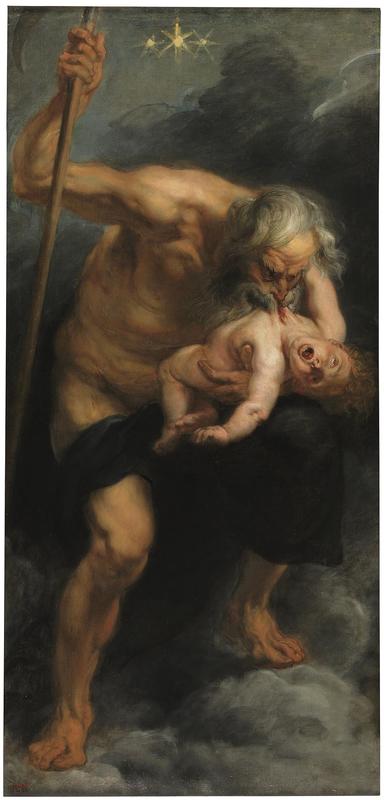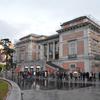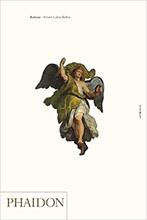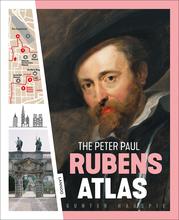More about Saturn Devouring a Son
- All
- Info
- Shop

Contributor
If you work for child protective services, shield your eyes from this questionable Rubens painting.
Here we have a classic case of filicide at its finest, and needless to say, I don’t think there's any fixing this dysfunctional household.
Saturn was the son of Heaven and Earth, and once held the job title of god of dissolution, wealth, agriculture, and periodic renewal. Also, he was a total hypocrite. Invigorated by his thirst for dominance and power, Saturn overthrew his father Uranus. Too bad Newton had yet to be born, for it would appear that Saturn was ignorant to the fact that every action has an equal and opposite reaction. It was foretold that Saturn would later be dethroned by one of his sons, which of course is all too fitting. In a seriously pathetic attempt to derail the prophecy, Saturn decided to eat all of his children.
Understandably, his wife was not too pleased, so upon birthing her sixth child, she hid him on an island far away where he would grow up and ultimately fulfill the prophecy.This painting features one of the unluckier sons, obviously. This story also proves what older siblings have always suspected; the baby of the family gets special treatment!
Rubens drew his inspiration for this gruesome image from Ovid’s Metamorphosis. In fact, this book was a source of vision for many other artists throughout history as well. This version was commissioned by Philip IV of Spain to decorate a hunting lodge, which seems disturbingly fitting.
While Sartle does not condone the consumption of children per se, this painting does bring to light a frightening truth about human nature and the toxicity of power.
Featured Content
Here is what Wikipedia says about Saturn (Rubens)
Saturn or Saturn Devouring His Son is a 1636 painting by the Flemish artist Peter Paul Rubens, now in the Museo del Prado, in Madrid.
It was commissioned for the Torre de la Parada by Philip IV of Spain and shows the influence of Michelangelo on Rubens, which he had picked up on his journey to Italy. The three stars at the top of the painting represent the planet Saturn as described by Galileo a few years before its painting. The central star is the planet itself, while the two others represent what he thought were two stars aligned with the planet. In reality, these were the rings around the planet, which his telescope was not powerful enough to distinguish.
The painting represents the Greek myth of the titan Cronus devouring his children. In the original myth, Cronus swallowed his children whole, and later spit them out, also whole. The painting, however, shows Cronus taking a bite out of one of his children.
Check out the full Wikipedia article about Saturn (Rubens)
















